The Black Cultural Front: Black Writers and Artists of the Depression Generation
The Black Scholar
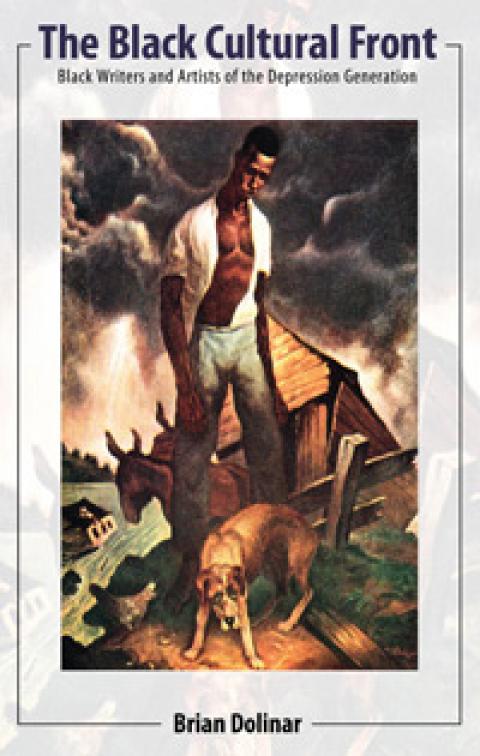
Using original source material Brian Dolinar arrives at a different explanation of why the popular front of 30s and 40s broke up, than that of mainstream media of that time, and since. The key agents of disunity were not the Communists but the manifold assault by the rightwing establishment. The US ruling class used opinion-molding Red-scare and Red-baiting campaigns in the mass media and culture. A lesson for today with the re-growth of the radical right.


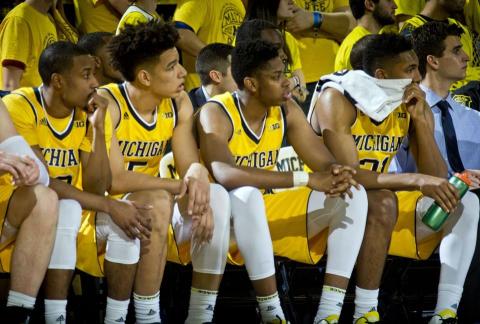
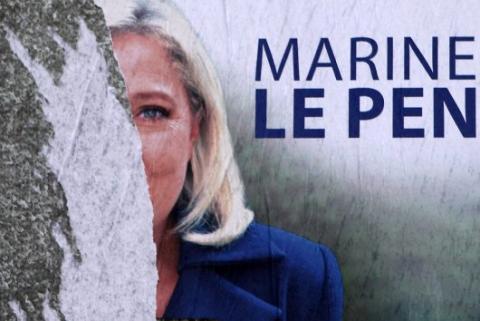
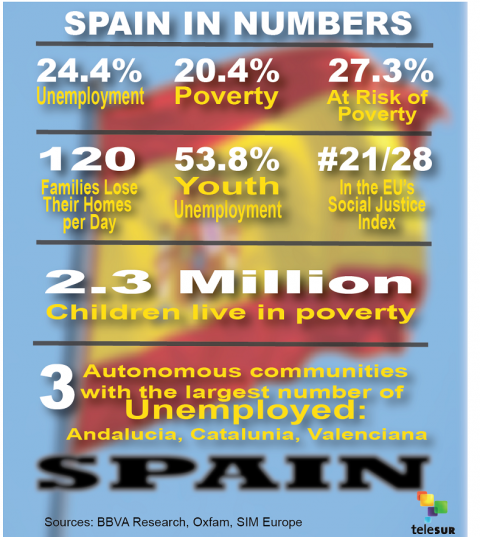
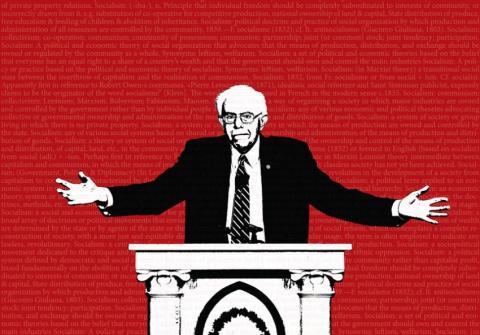




Spread the word